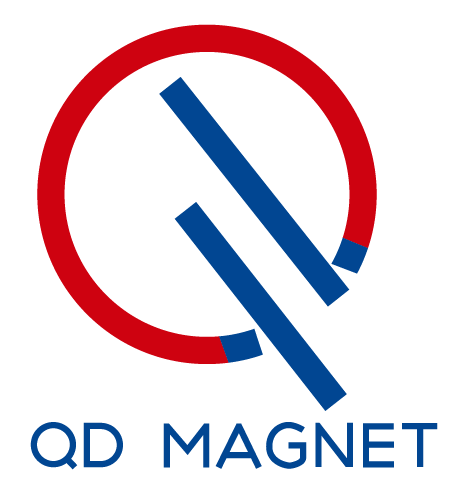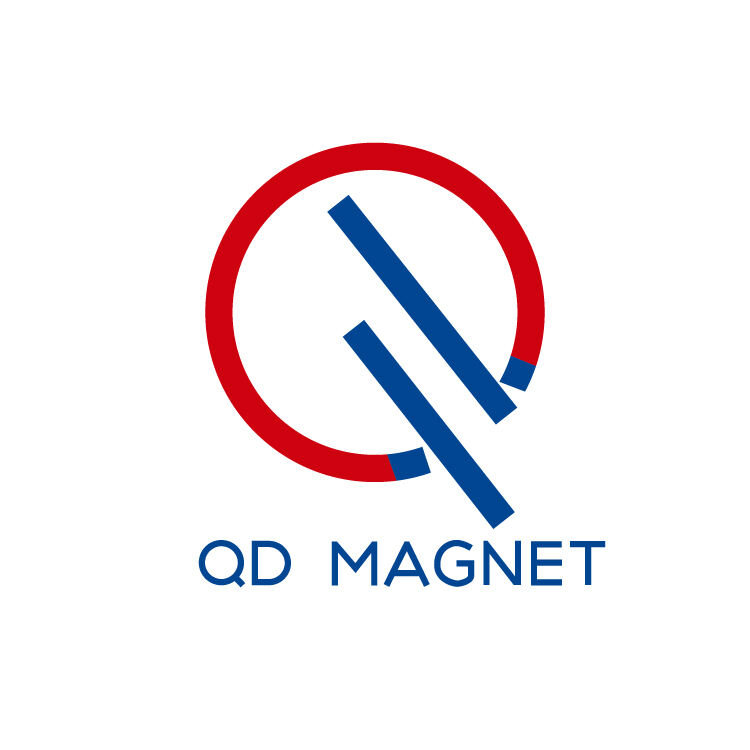Neodymium magnets are primarily composed of neodymium (Nd), iron (Fe), and boron (B). This unique combination of elements is what gives neodymium magnets their exceptional magnetic properties. Neodymium, in particular, contributes to high magnetic strength despite the magnet's small size, making these magnets ideal for a wide range of applications across various industries. The presence of iron enhances the magnet's ferromagnetic properties, ensuring it maintains a robust magnetic field. Additionally, boron plays a critical role by stabilizing the crystalline structure of the neodymium magnet, thereby preventing degradation over time.
The crystalline structure of neodymium magnets is crucial for their magnetic performance, as they comprise an Nd2Fe14B tetragonal structure. This formation allows the magnets to hold and maintain strong magnetic fields. One fascinating aspect of these magnets is their magnetic domains—regions containing aligned magnetic moments. Neodymium magnets have a high density of these magnetic domains, significantly contributing to the overall field strength. Research from the University of Vermont indicates that optimizing the alignment within these domains can greatly enhance the magnet's effectiveness and durability, ensuring consistency and reliability in performance.
One of the key characteristics that make neodymium magnets extraordinarily strong is their magnetic saturation. This allows them to generate an intense magnetic field without losing potency. When a magnet reaches its magnetic saturation, it achieves its maximum magnetization limit. Neodymium magnets, despite their small size, can achieve high levels of saturation, around 1.48 Tesla, which surpasses many other types of magnets. This unique trait makes them much more powerful than traditional magnets, allowing them to be smaller yet more effective in their applications.
Neodymium magnets boast high coercivity, which is crucial for maintaining strength in challenging conditions. This property ensures that the magnets retain their magnetism even when exposed to heat or strong external magnetic fields, making them highly reliable for electronic devices. According to the American Physical Society, neodymium magnets exhibit coercivity levels several times higher than ferrite magnets. This resistance to demagnetization is especially valuable in industrial applications where magnetic stability over time is essential.
Another aspect that sets neodymium magnets apart is their superior energy density, which significantly outperforms that of ceramic or other traditional magnets. This high energy density enables efficient storage and performance, making neodymium magnets ideal for compact designs where space is a premium, such as in headphones. They can deliver up to ten times more energy density compared to ferrite magnets with similar dimensions, highlighting their efficiency and strength in demanding applications. This quality not only contributes to their small but powerful makeup but also enhances their versatility in various industries.
Neodymium magnets are essential components in electric vehicles (EVs) and wind turbines, both of which play critical roles in modern sustainable energy solutions. In EVs, these powerful magnets enhance motor performance by providing optimum torque and efficiency, which are vital for energy-saving transportation technologies. Similarly, in wind turbines, neodymium magnets generate consistent and sufficient power to ensure the turbines operate effectively amidst variable conditions. Research indicates that incorporating these magnets can enhance energy efficiency by up to 20%. This efficiency improvement underscores their importance in the renewable energy sector, where reliability is indispensable.
In the realm of consumer electronics, the application of tiny neodymium magnets is widespread. They're integral to devices such as smartphones, tablets, and headphones, because of their small size and strong magnetic properties. These magnets enable secure closures, magnetic mounts, and superior sound quality in speakers, significantly adding to device functionality and user convenience. The increasing demand for such magnets is evident as market analysis projects a compound annual growth rate (CAGR) of 5% in their usage within consumer electronics. This growth reflects the persistent drive for devices that are not only compact but also high-performing.
Neodymium magnets also find practical applications in everyday life, particularly in products like magnetic hooks and push pins. Their strength and compactness make them perfect for organizing and optimizing spaces. Magnetic hooks and push pins offer enhanced performance and reliability, greatly outperforming traditional magnets. Consumer feedback highlights these advantages, emphasizing how such everyday applications demonstrate the versatility and utility of neodymium magnets, turning ordinary household tasks into simple, efficient activities. Their wide acceptance in various household needs showcases their growing role in facilitating day-to-day convenience.
Neodymium magnets boast a significantly greater magnetic strength than ceramic magnets, making them ideal for applications demanding intense magnetic force. Their superior performance allows them to exert more than five times the field strength compared to ceramic magnets of equal size, as revealed by statistical comparisons. While ceramic magnets might outshine in certain durability aspects due to their robust composition, neodymium magnets are specifically engineered to provide exceptional strength in particular applications, such as electric vehicles and wind turbines. This unparalleled strength ensures that neodymium magnets are favored for tasks requiring potent and reliable magnetic force.
In terms of corrosion resistance, ceramic magnets generally outperform neodymium magnets, especially in moist environments. Neodymium magnets are susceptible to corrosion unless properly coated with protective materials like nickel or epoxy, which is essential for maintaining their durability. Despite this vulnerability, treated neodymium magnets can have an extended lifespan, often exceeding 10 years when kept in optimal conditions. This longevity is attributed to their exceptional performance, as durability studies indicate that appropriately treated neodymium magnets can provide reliable magnetic strength over an extended period. Thus, while ceramic magnets offer better corrosion resistance, neodymium magnets shine in long-term applications with their continued high performance.
When handling powerful magnets such as neodymium magnets, a significant concern is the risk of pinch injuries. These magnets are extremely strong and can attract each other or ferrous objects with great force, posing a threat, especially in industrial settings. To ensure safety, it is critical to educate users about best practices, such as keeping fingers clear from the magnetic fields and using protective gloves during handling. Health and safety organizations highly recommend comprehensive training for workers to prevent accidents in environments where strong magnets are in regular use. Such training can significantly mitigate risks and promote a safe workplace.
Another essential safety consideration is the potential for magnetic interference caused by neodymium magnets. Their strong magnetic fields can disrupt electronic devices, leading to malfunctions in critical gadgets like credit cards, sensors, and compasses. It is crucial to be aware of these effects and take preventive measures to protect sensitive equipment. Studies from reputable technology institutions underscore the importance of maintaining a safe distance between powerful magnets and electronic devices to avoid issues. By following these guidelines, users can ensure the protection and functionality of their valuable tech equipment.


Copyright © - Privacy policy